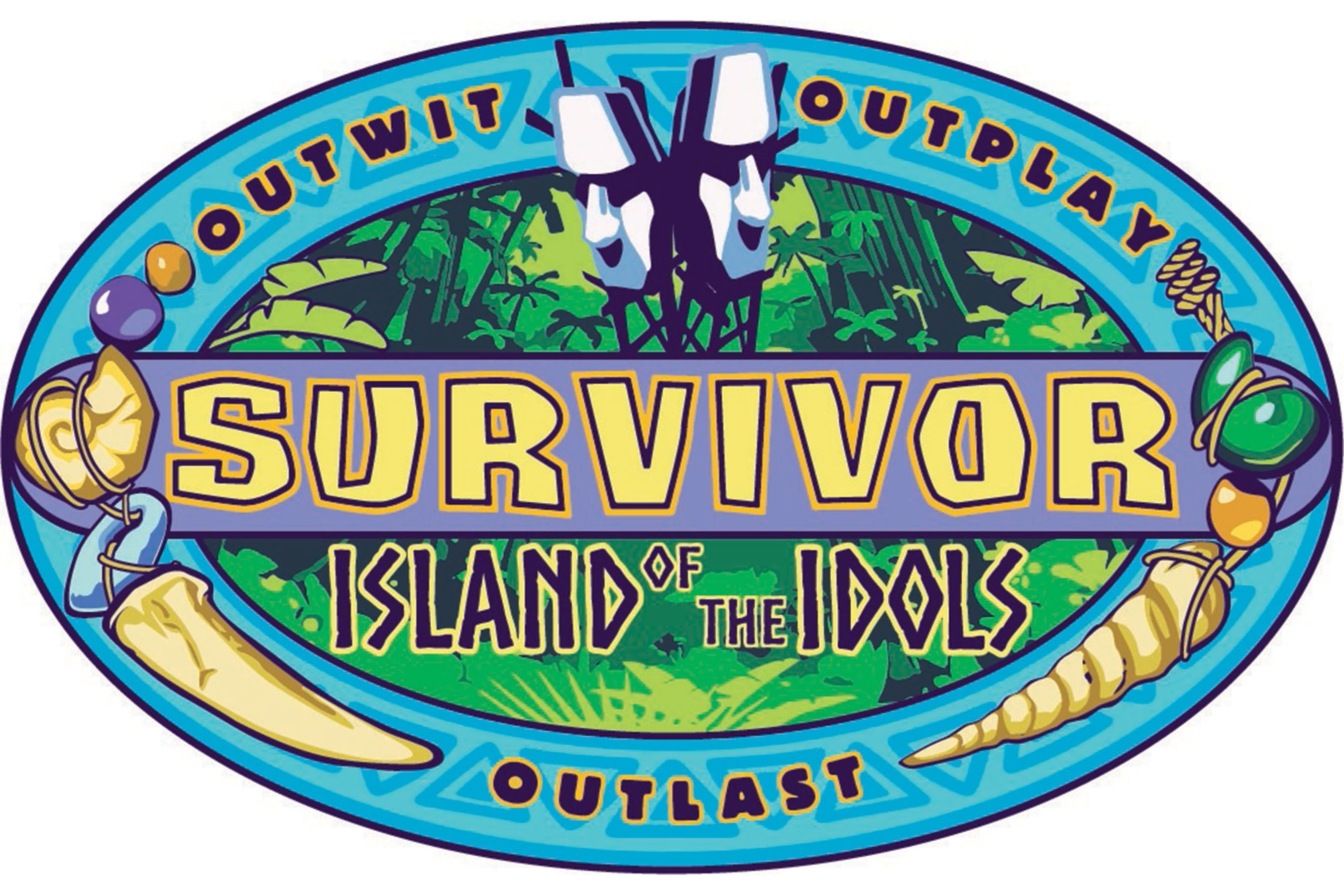

Jumping up, he saw his friend and fellow trapper Basil Lajeunesse sprawled in blood. Later that night Carson was awakened by the sound of a thump. Carson was concerned but "apprehended no danger". Reviewing the messages, Frémont neglected the customary measure of posting a watchman for the camp.

On the night of May 9, 1846, Frémont received a message brought to him by Lieutenant Archibald Gillespie, from President James Polk about the possibility of war with Mexico. The first known explorers from the United States to go through the Modoc country were John Charles Frémont together with Kit Carson and Billy Chinook in 1843.

Eleazer Thomas, and wounded two others, mistakenly believing this would encourage the Americans to leave. In April 1873 at a peace commission meeting, Captain Jack and others killed General Edward Canby and Rev. Occupying defensive positions throughout the lava beds south of Tule Lake (in present-day Lava Beds National Monument), those few warriors resisted for months the more numerous United States Army forces sent against them, which were reinforced with artillery. Kintpuash, also known as Captain Jack, led 52 warriors in a band of more than 150 Modoc people who left the Klamath Reservation. Eadweard Muybridge photographed the early part of the US Army's campaign. The Modoc War, or the Modoc Campaign (also known as the Lava Beds War), was an armed conflict between the Native American Modoc people and the United States Army in northeastern California and southeastern Oregon from 1872 to 1873. Round Valley Settler Massacres of 1856–1859.


 0 kommentar(er)
0 kommentar(er)
